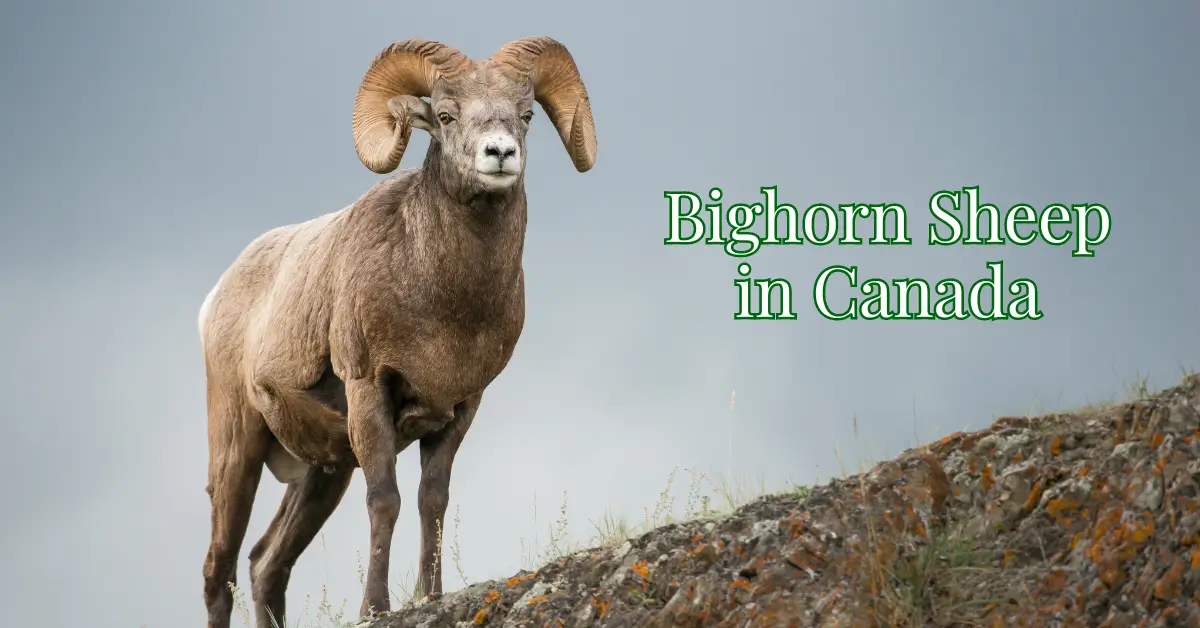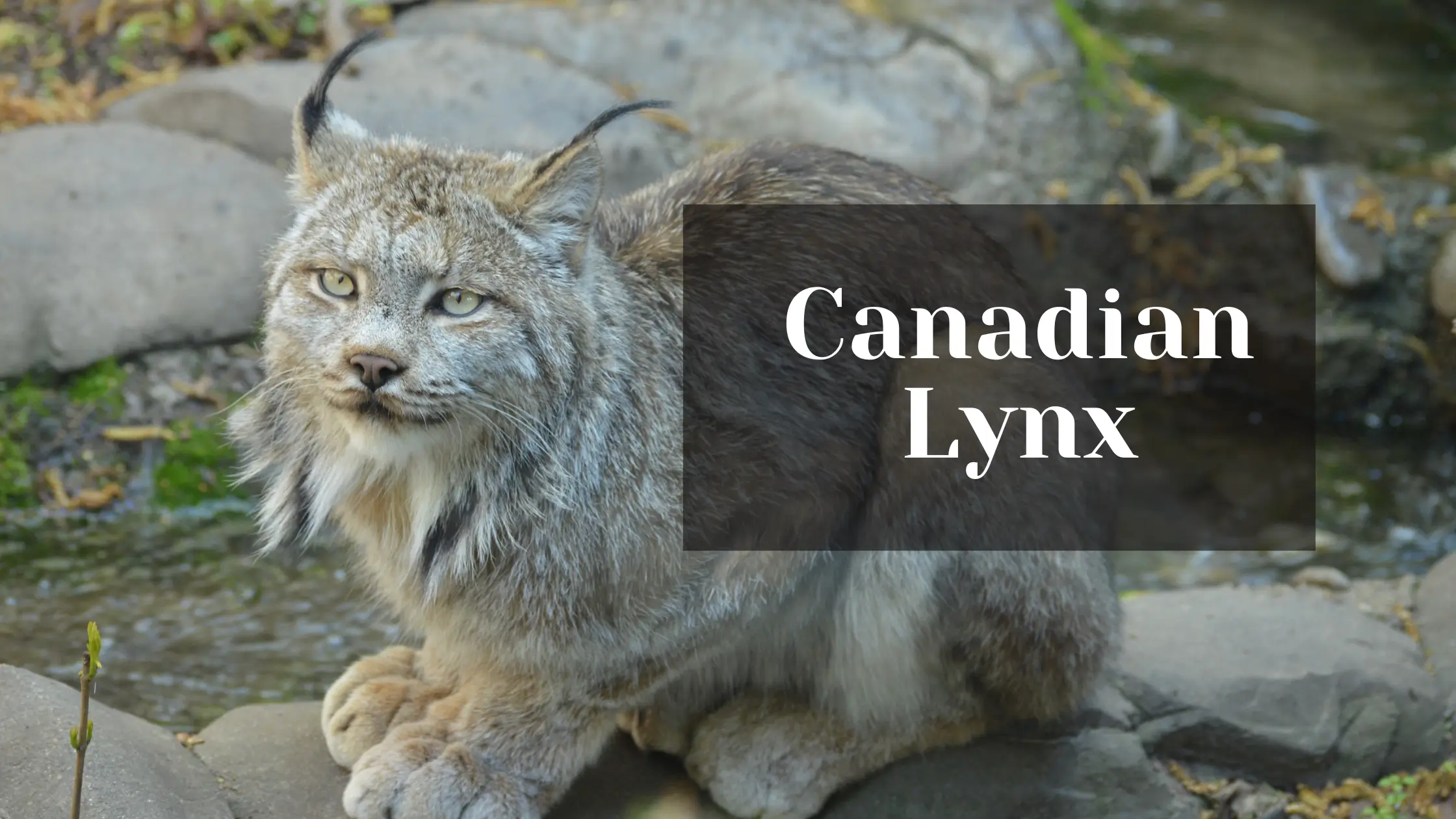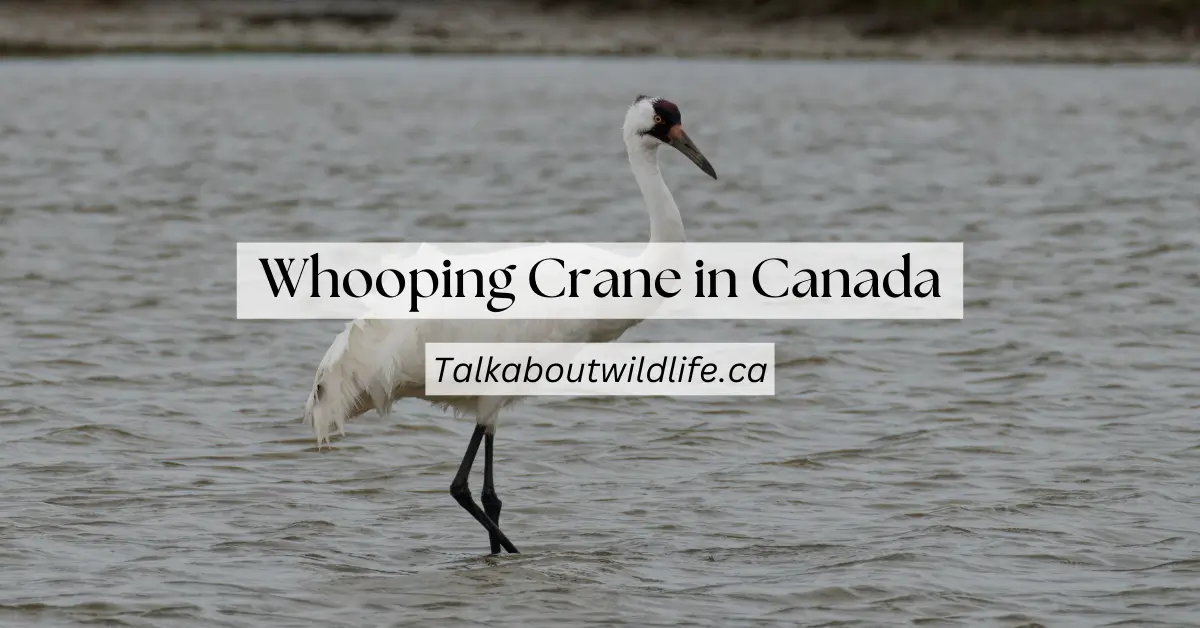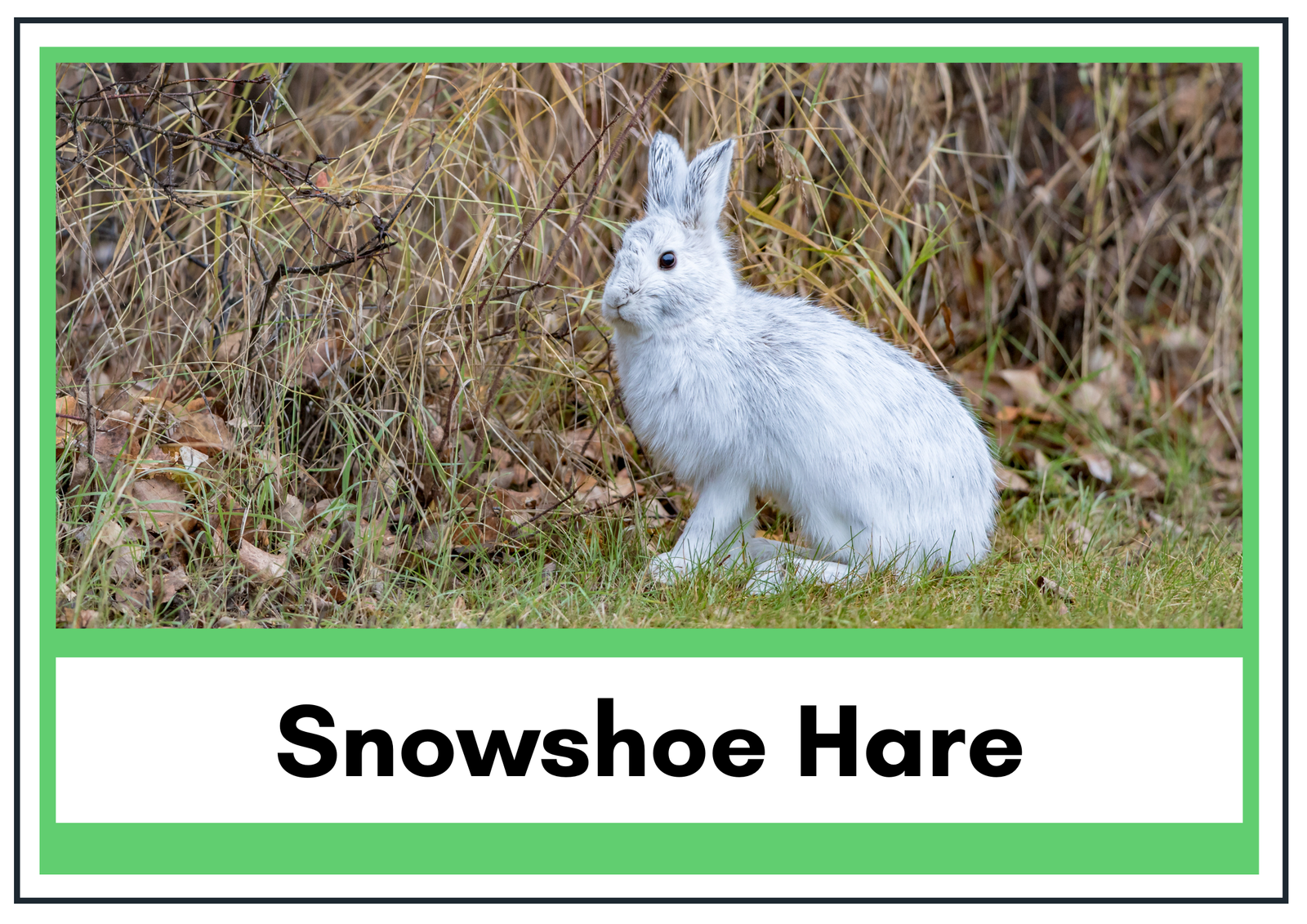Bighorn sheep are a type of wild sheep living in Canada and come in a class of mammals. They have large, curved horns, and they can weigh up to 30 pounds. They are grazing animals and move from an area of low grass to an area of fresh grass.
Rams (Male Bighorn sheep) in Canada have been known to collide heads with such force that their horns break or become locked together. The biggest threat to bighorn sheep populations is disease transmitted from domestic sheep and goats.
Physical Features
Following are some physical features of this animal that make it an attractive animal;
| Features | Relevant Information |
| Scientific Name | Ovis canadensis |
| Life Span | Can live up to 20 years |
| Diet | Grasses, Plants, Shrubs |
| Height | 5 – 6 feet |
| Average Weight | It is in the range of 115 – 280 pounds but males can be as bulky as 350 pounds |
| Other Names | Males are termed Rams while the Females are termed Ewes |
| Habitat | Alpine meadows, Rocky Mountains, and Steep plateaus |
| Status of specie | Somewhat Endangered |
Interesting Facts About These Sheeps in Canada
Here is a list of some interesting facts regarding these fascinating species in the Canadian territory;
- Supreme Cliff Climbers
Bighorn sheep are masters of climbing steep and rocky terrain, using their incredible swiftness and split hooves.
- Horns of Splendor
The massive, curved horns of Bighorn rams can grow up to 3 feet long and are used in impressive head-butting contests during the mating season.
- Shaggy Survivors
Their thick, woolly coats provide excellent insulation against the harsh winters of the Canadian Rockies, allowing them to thrive in freezing temperatures.
- High-Altitude Athletes
Bighorn sheep are well-adapted to living at high altitudes, with efficient lungs and cardiovascular systems that enable them to survive in the thin mountain air.
- Gravity Challengers
Bighorn sheep can leap up to 6 feet vertically and across distances of up to 20 feet, allowing them to cross tough mountains with ease.
- Exceptional Vision
Bighorn sheep can spot predators from great distances which ensures their safety in the rocky wilderness because of exceptional eyesight and wide field of vision.
- Echoing Calls
The echoing calls of Bighorn rams can be heard resonating through the mountain valleys during the breeding season.
- Mountain Migrants
Some Bighorn sheep populations undertake unbelievable migrations, traveling up to 200 miles annually to find the best place and escape harsh weather conditions.
- Lungful Living
The large lung capacity of Bighorn sheep allows them to efficiently take in oxygen at high altitudes enabling their active lifestyles in the mountains.
- Nature’s Rock Stars
These incredible animals have captured the hearts and imaginations of wildlife enthusiasts, photographers, and nature lovers around the world.
Subspecies of Bighorn Sheep in Canada
The two subspecies of bighorn sheep found in Canada have some distinguishing features;
- Rocky Mountain Bighorn Sheep The Rocky Mountain subspecies is larger with a lighter coat and found in Canadian territory. They have big horns and are distributed in Canadian mountains.
- California Bighorn Sheep This subspecies is smaller in size compared to the Rocky Mountain bighorn sheep. Its coat tends to have a darker, more grayish-brown color overall. This subspecies is also better adapted to the drier desert environments
Sightseeing of Bighorn Sheep in Canada
The most desirable places for viewing these species of sheep in the Canadian territory are;
| Direction of the Country | Places Where Bighorn Sheeps are Found |
| Western Territory | Alberta and British Columbia |
| Eastern Territory | Newfoundland and Labrador |
| Northern Territory | Yukon and Northwestern side |
National Parks to See Bighorn Sheep in Canada
Here is a list of some national parks in which you can see the bighorn sheep in the Canada;
- Banff National Park
- Jasper National Park
- Waterton Lakes National Park
- Kootenay National Park
- Glacier National Park
- Sheep River Provincial Park
- Yoho National Park
Best Time and Season to See Bighorn Sheep
The best time and season for sightseeing is influenced by certain factors like migration patterns, etc.
| Season | Months for Sightseeing |
| Late Spring to Early Summers | May to June |
| Fall | September to October |
| Summer | June to August |
FAQs
-
Do female bighorn sheep have horns?
Female bighorns also known as Ewes have horns with a slightly small size and a slight curve in them.
-
Is it legal to hunt Bighorn sheep in Canada?
In the specified time dedicated by the Canadian government starting from September to mid-October upon payment of 60,000 US Dollars. The rules and regulations of the government are to be followed by the hunters.








